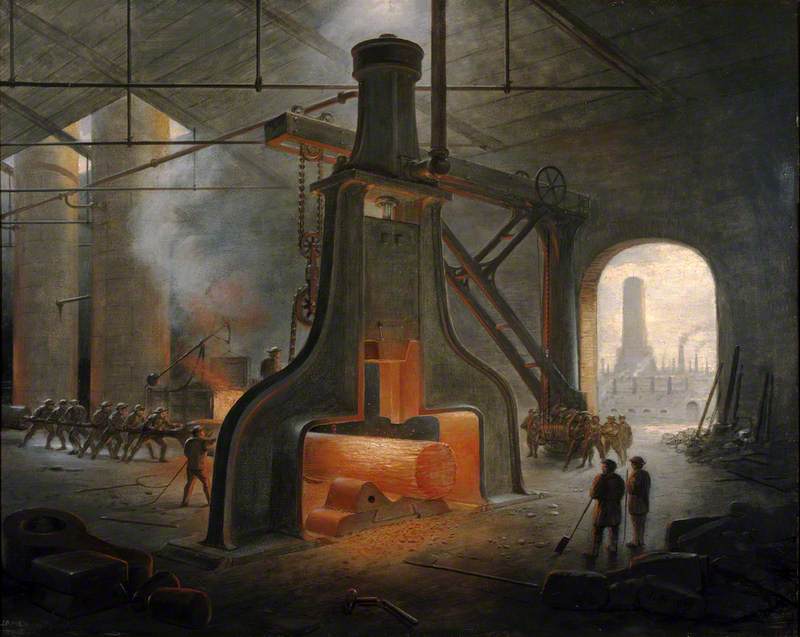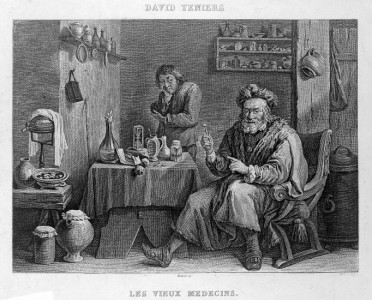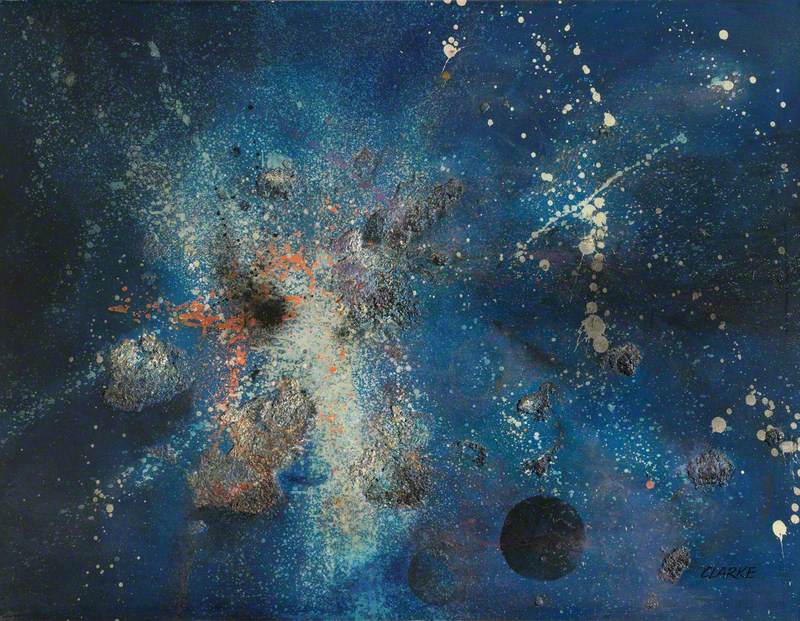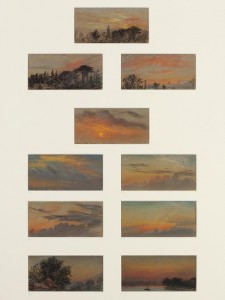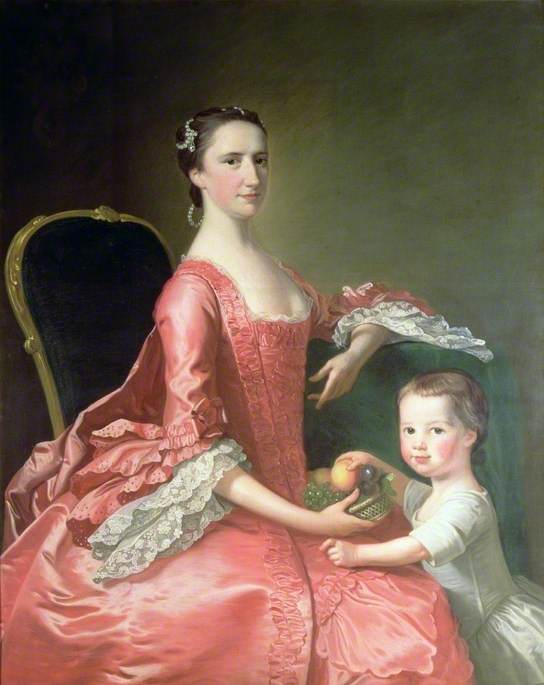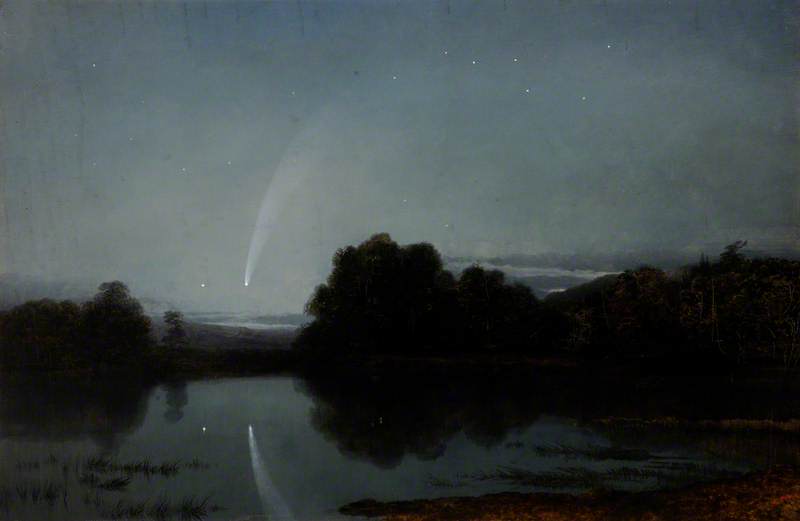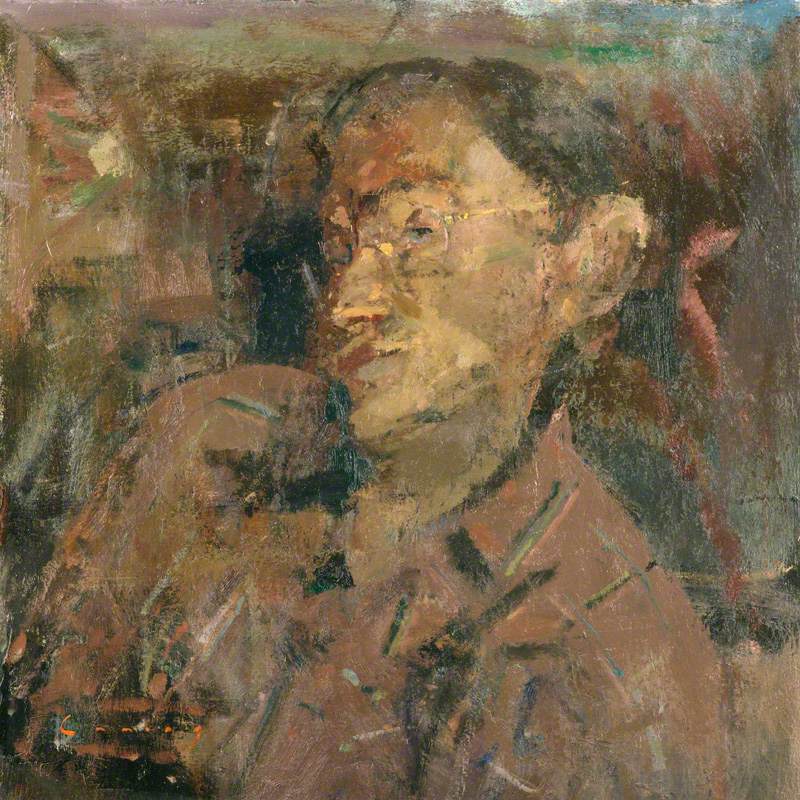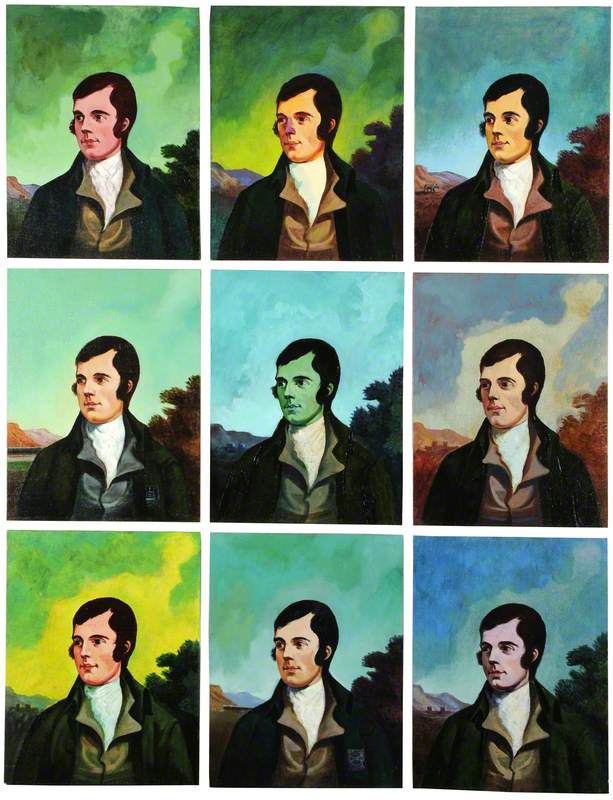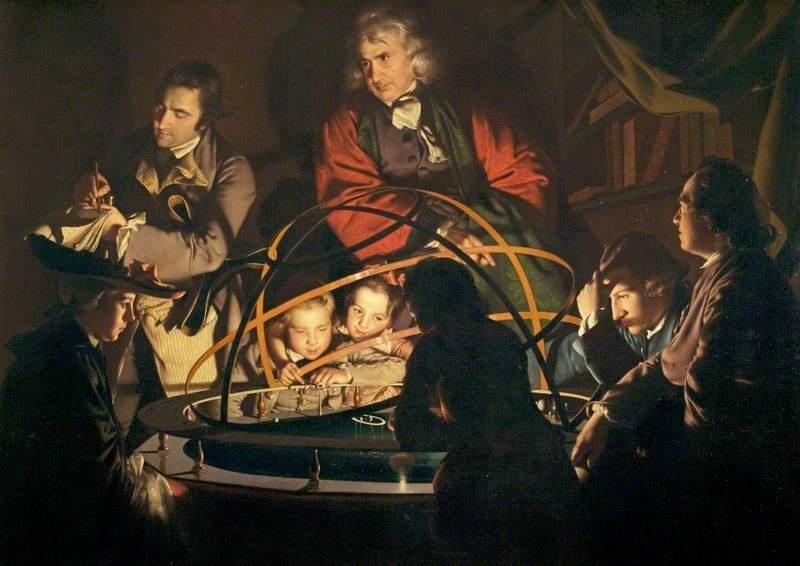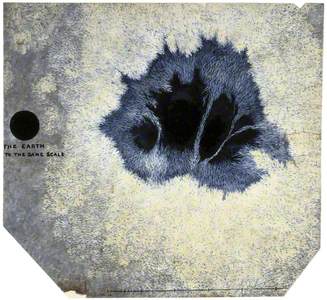Katy Barrett is the Curator of Art Collections at the Science Museum, London. She was the guest for our podcast episode discussing art in the Science Museum Group collection.
The art collections of the Science Museum include over 8,000 objects, ranging from painting to sculpture, drawing to printed ephemera. What interests me about these works is how they both inform and are informed by scientific activity. Both art history and the history of science as disciplines are interested in how objects and knowledge are culturally constructed, and I think the art collections can help all the more to communicate that within a science museum context.
One of my favourite examples is a painting of a sunspot by James Nasmyth, which was on display in the museum’s exhibition 'The Sun: Living with our Star' (closed May 2019). Nasmyth was a Scottish engineer, best known as the inventor of the steam hammer, but he was also a notable artist and astronomer. His father was the landscape painter Alexander Nasmyth, who had his own interest in engineering. We have a small painting of A Steam Hammer at Work by James Nasmyth, which is a sort of apotheosis for his invention.
When Nasmyth retired from his industrial work in Manchester in 1856, he moved to Kent, where he focused on astronomy and designed and built his own telescopes. He was particularly interested in the surfaces of the moon and sun, and we have beautifully painted studies of both by him in the collection. In the 1860s, he made two paintings of sunspots (dark marks on the solar surface caused by areas of relatively lower temperature). Nasmyth was the first astronomer to observe that the sun had an uneven surface (what we now call granulation), and he was also the first to try to represent this surface visually.
In his paintings, you can see how he’s trying to represent what he called ‘willow-leaf shaped filaments’, using his brushstrokes to understand what it was he was seeing on the sun, as well as to communicate this to others. When he wrote to the Manchester Philosophical Society (MPS) about his conclusions in 1861 he included a ‘rough but faithful drawing’ very similar to our painting, of a sunspot he’d observed on 20 July 1860. He
These paintings show how Nasmyth was using visual tools to
A new book The Sun: One Thousand Years of Scientific Imagery, by me and solar physicist Harry Cliff, looks at how images have shaped our understanding of the sun over
'The Sun: Living with our Star' was at the Science Museum, London from October 2018 to May 2019

